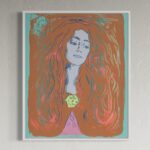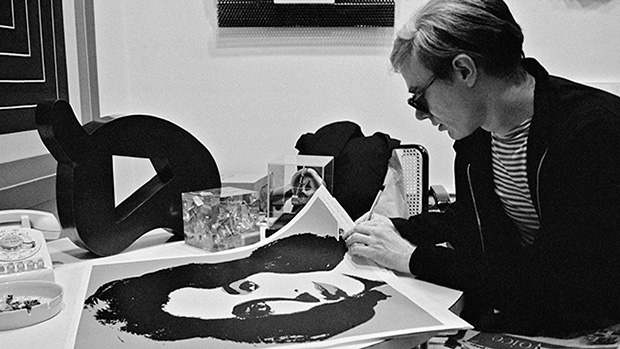
Any Andy Warhol enthusiast will be able to recognize the artist’s Holy Trinity of subjects: Marilyn, Jackie, and Liz. In tandem Warhol’s love for the celebrity and the superficial, was his love for women, the power of the feminine, and the mechanized process of routinized beauty. While Warhol started out just like the majority of star-struck fans, upon the advent of his own fame he was able to form meaningful relationships with his idols.
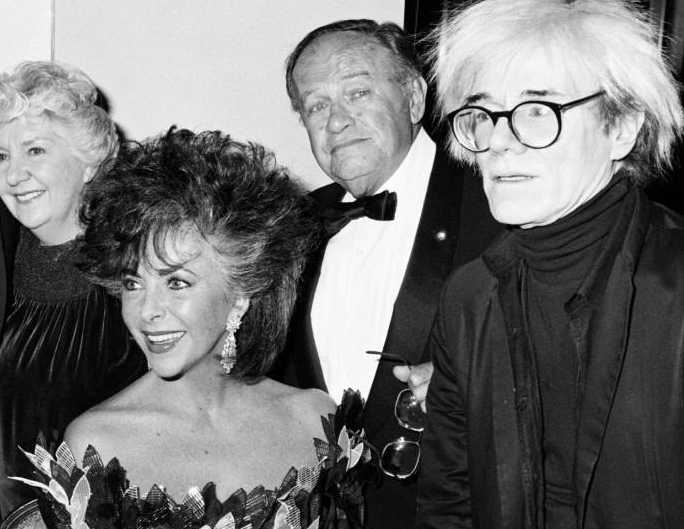
Between 1962 and 1965 the artist would concentrate particularly on the glamorized starlets of the time, especially Elizabeth Taylor. Warhol produced a number of iconic screenprints and paintings of Taylor aptly titled “Liz”—the one syllable the entire public knew to encapsulate a persona of dramatic beauty, tabloid excess, and flawed love. Warhol’s “Liz” is just as iconic as its living counterpart, a testament to how the artist and the actress both defined and undermined the popular culture of the time.
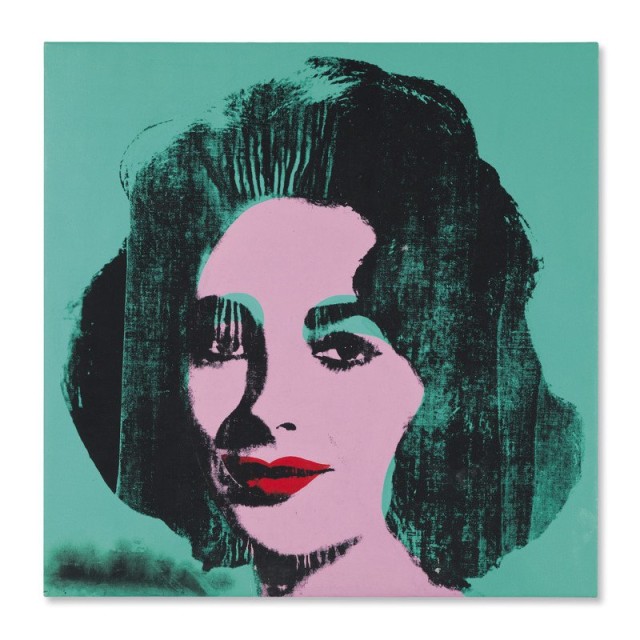
Warhol’s own process to these paintings is an amalgamated procedure of painting and screenprinting. This controversial and technical process of artistic production was heralded by Warhol as a way to mechanize and simultaneously commercialize himself and his works. The result is a slightly imperfect representation of Liz that Warhol would then paint upon, adding the decorative and beautifying elements of lipstick and eyeshadow. Warhol would paint thirteen images of Liz’s likeness, each original in their own imperfections and additions. Just as unique as his thirteen paintings are his prints of Liz of which he made roughly 300. Although Warhol was somewhat disorganized in keeping track of the exact editions, his rationale for making prints was benevolent in creating works that were more affordable that could be enjoyed by everyone.
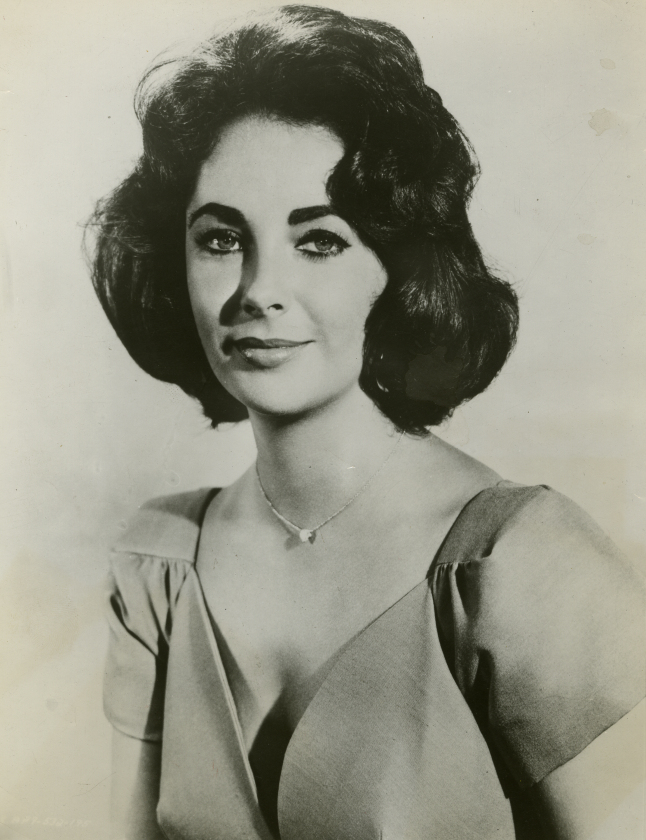
Elizabeth Taylor was recovering from an emergency tracheotomy in 1961 when Warhol first embarked upon the series. Tabloids and the general populace feared for her life, and Warhol relished in the opportunity to combine his obsessions of fame, celebrity, and morbid tragedy. His source image for the series was a publicity photograph from Taylor’s 1960s film Butterfield 8 which he would then “retouch” with his own brush, adding fabulously garish makeup that seeps over its targeted bounds on the canvas. The result is a hybridized portrait—part celebrity-publicity headshot, part haunting internal portrait that recalls the images of Warhol’s Death and Disaster series.
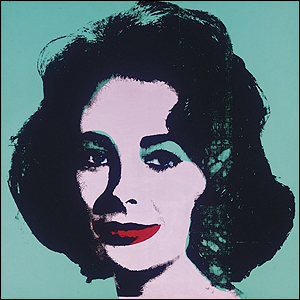
While the owners of Liz have been as colorful as her depictions, perhaps none stand out more than actor Hugh Grant who bought a turquoise-toned portrait after a two-day booze filled bender. When ordering an assistant to place the $3.5 million-dollar winning bid at Sotheby’s in 2001, Grant had no idea that he was tidily making a hefty profit. Grant’s “Liz” would be sold again in 2007 by Christie’s for $23 million, falling below the $25-35 million-dollar estimate. Perhaps Grant was inspired to action by his own experience with celebrity, relating to Warhol’s fixations and talent for representing the multiplicity that only those who are commodified understand.

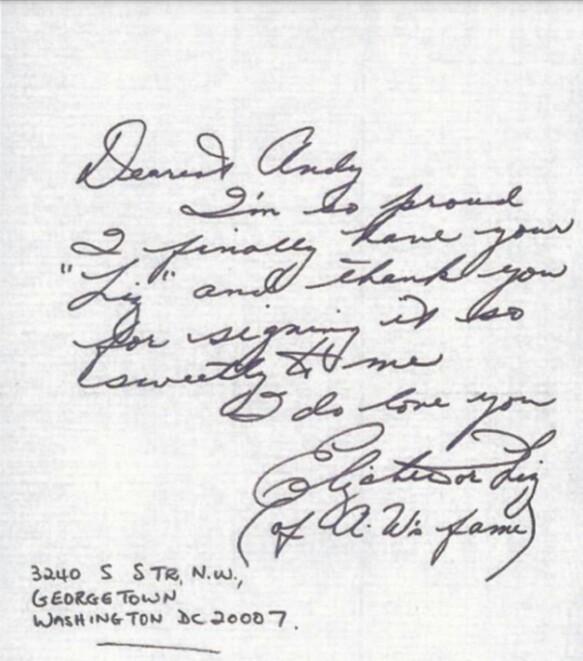

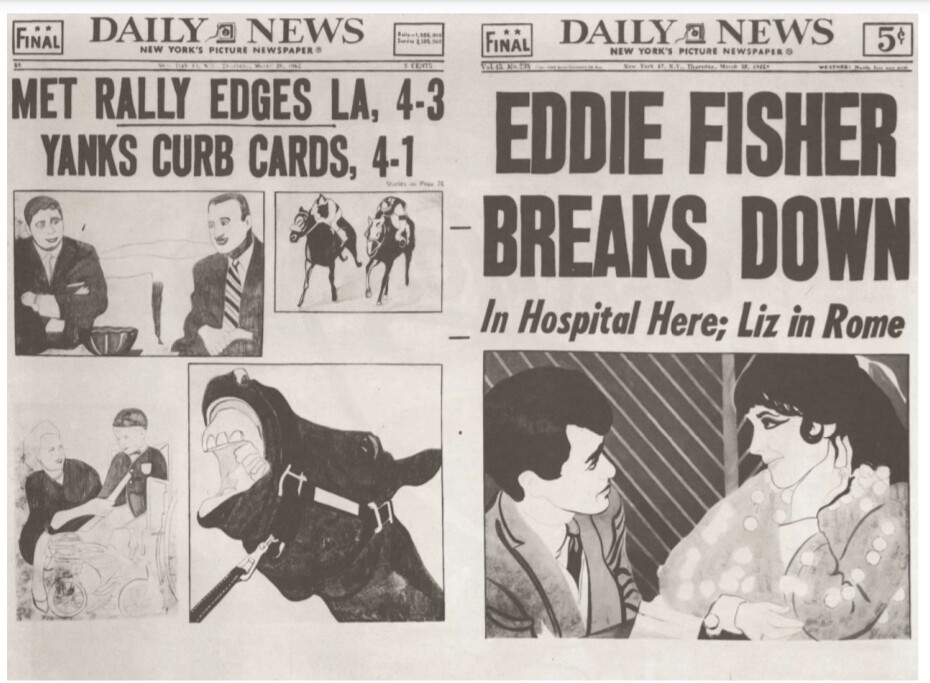
“Need Art Investment Advice? Ask Hugh Grant” All Content © 2016 Robin Rile Fine Art



